I'm developing a part of an application that's responsible for exporting some data into CSV files. The application always uses UTF-8 because of its multilingual nature at all levels. But opening such CSV files (containing e.g. diacritics, cyrillic letters, Greek letters) in Excel does not achieve the expected results showing something like Г„/Г¤, Г–/Г¶. And I don't know how to force Excel understand that the open CSV file is encoded in UTF-8. I also tried specifying UTF-8 BOM EF BB BF, but Excel ignores that.
Is there any workaround?
P.S. Which tools may potentially behave like Excel does?
UPDATE
I have to say that I've confused the community with the formulation of the question. When I was asking this question, I asked for a way of opening a UTF-8 CSV file in Excel without any problems for a user, in a fluent and transparent way. However, I used a wrong formulation asking for doing it automatically. That is very confusing and it clashes with VBA macro automation. There are two answers for this questions that I appreciate the most: the very first answer by Alex, and I've accepted this answer; and the second one by Mark that have appeared a little later. From the usability point of view, Excel seemed to have lack of a good user-friendly UTF-8 CSV support, so I consider both answers are correct, and I have accepted Alex's answer first because it really stated that Excel was not able to do that transparently. That is what I confused with automatically here. Mark's answer promotes a more complicated way for more advanced users to achieve the expected result. Both answers are great, but Alex's one fits my not clearly specified question a little better.
UPDATE 2
Five months later after the last edit, I've noticed that Alex's answer has disappeared for some reason. I really hope it wasn't a technical issue and I hope there is no more discussion on which answer is greater now. So I'm accepting Mark's answer as the best one.

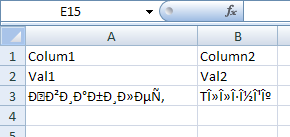
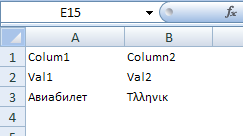
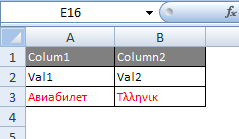
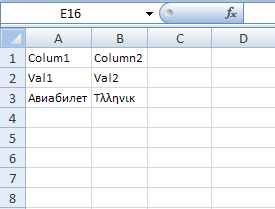
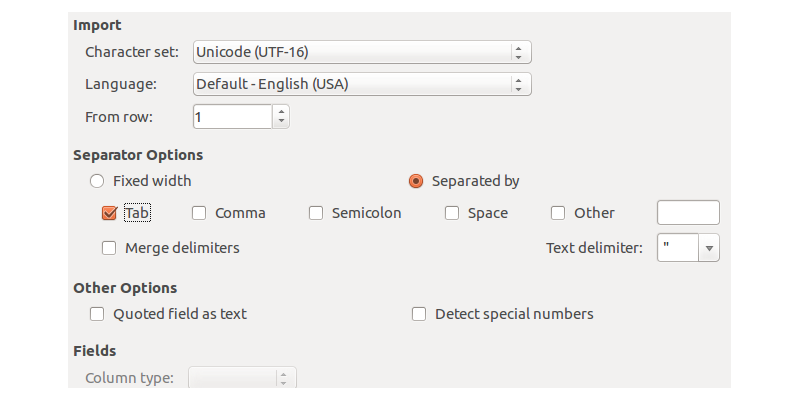
\tas delimiter. Will work in English and non English Excel setting. Can pressCtrl-Swithout selecting the file format, etc. Will preserve Unicode chars. – Inlier